Case Studies
New Zealand companies rarely publish the results of their business practices and when they do, they often withhold the company name. Despite this, there is a wealth of local and international material to review online. These are just some examples of the gains that can be made through some lateral thinking and we commend the management of the organisations for leading the charge.
We also encourage you to review the comment alongside the product info in our Toolbox section. Many don’t qualify as a ‘case study’ but provide great examples of how gains can be made with small, easy to implement tools.
Tip Top Bread
Just a teaser in terms of information. August 2002 the Tip Top Bakery in Kingsland, Auckland was burned to the ground. A $20 million loss in terms of the building, with over $100 million overall including Business Interruption and staff relocation costs.
Did Tip Top customers notice any lack of supply? No.
Ever wondered how thousands of loaves of bread hit the supermarkets as usual? They had a plan that worked beautifully and included remote office relocation, external data back up and use of supplier infrastructure among other things.
Brilliant work by the Tip Top team.
Could your business achieve recovery from such a disaster with the end customer barely aware? Thought for the day: ever thought of having a mutual arrangement with your competitors to achieve ongoing supply in event of a disaster?
Auckland Power Station
With the introduction of a ‘napping station’ in 2009, they saw a significant reduction in human related incidents and accidents (going from an average of 5 incidents per night to zero when the napping chair was first introduced). Staff are encouraged to take naps as a counter measure to reduce feelings of fatigue.
Johnson & Johnson
(Harvard Business Review December 2010)
Multi-national Organisation
Since 1995 the percentage of Johnson & Johnson employees who smoke has dropped by more than two-thirds. The number who have high blood pressure or who are physically inactive also has declined by more than half. J&J’s leaders estimate that wellness programmes have cumulatively saves the company $250 million on health care costs over the past decade from 2002 to 2008. The return was $2.71 for every dollar spent.
International Bus Company
Engaged a fatigue management company over a 12 month period to work with their staff due to the high number of fatigue related accidents and incidents. Result was a 50% reduction in fatigue levels of 12 months. 39% reduction in minor repairs to buses (backing into buildings, damage to other vehicles, minor accidents and incidents because of inattention), 37% reduction in medical time off for illness, 28% reduction in health care costs. Increased bottom line cash flow of company 23%.
Initiatives included sleep disorder screening, better access to water and healthy food, fatigue induction requirements and resources for supervisor.
Statistics & References
We’re not going to bore you with the wealth of statistical material available but have listed below a small selection of a thought provoking nature for those looking at corporate (or personal) resilience.
• Return on Investment on wellness programmes is 3:1. PWC conducted a survey on wellness programmes amongst multi-national employers (representing more than 3 million employees worldwide). A key finding in regard to profitability was that corporate wellness programmes have been shown to provide upward of a 3-to-1 return on investment. (Management Matters Magazine June 2007).
• 'It is the behaviour of a fatigued individual that becomes the hazard' (Changing Human Behaviour – FRMS).
• Fit Employees are 12.5% more productive. NASA found that while productivity of non-exercising office workers decreased 50% during the final two hours of the work day, exercisers worked at full efficiency all day. This amounts to a 12.5% difference in productivity.
